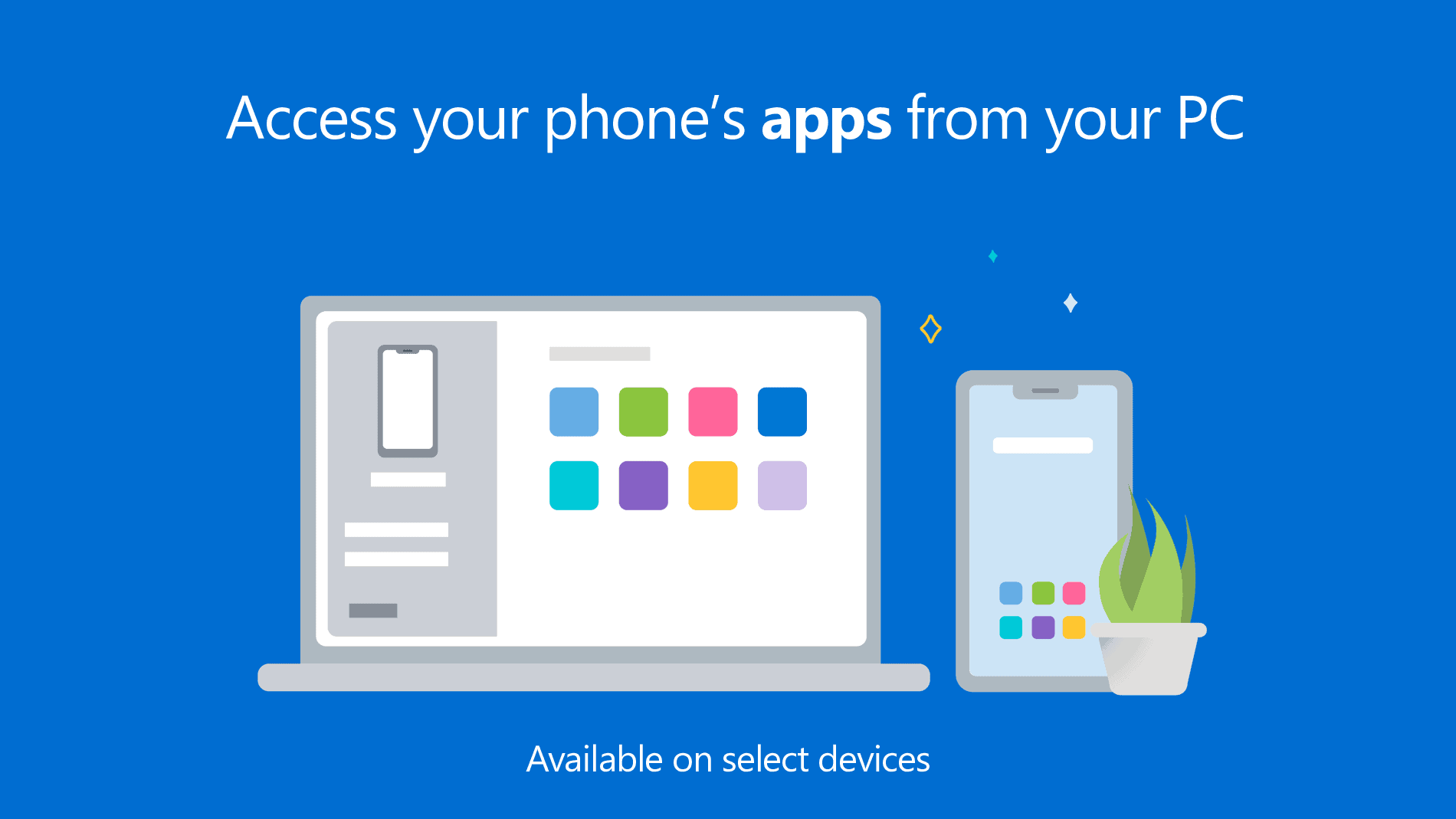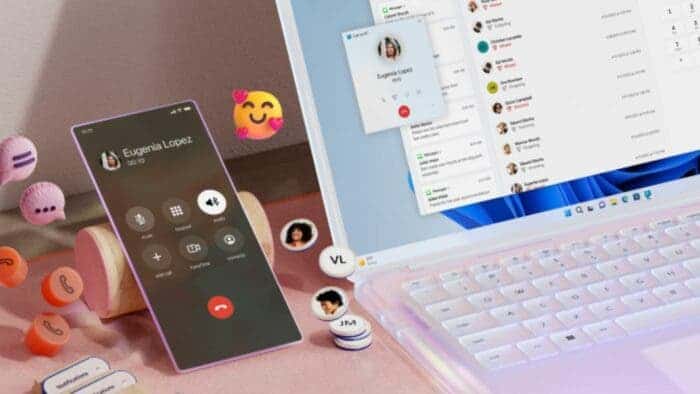While the summer season often brings a slowdown in development cycles, recent announcements from Google and Microsoft suggest a period of active collaboration. This article explores two key initiatives that aim to break down barriers and foster a more seamless experience between the Android and Windows ecosystems.
Bridging the Gap: Google and Microsoft Enhance Cross-Platform Functionality
Enhanced Google Calendar Synchronization: A User-Driven Improvement
The first initiative focuses on Google Calendar, a cornerstone productivity tool for many users. Google, acknowledging user feedback, has implemented optimizations aimed at improving synchronization with third-party calendars, including Microsoft Outlook. This move signifies a commitment to user experience and addresses a long-standing pain point: discrepancies between Google Calendar and other platforms.
The new functionality promises a smoother workflow by minimizing data inconsistencies. Imagine scheduling an event on both your Google calendar and a linked third-party calendar. If you subsequently modify the event time on the latter platform, Google Calendar will automatically reflect this change. This eliminates the need for manual updates and reduces the risk of missed appointments due to outdated information. Notably, reports suggest that Google may be prioritizing synchronization with Outlook, a key competitor but also a widely used service.

Beyond Calendars: Android Integration Deepens in Windows 11
While Microsoft discontinued the ability to run Android apps directly on Windows 11, the two companies continue to explore avenues for collaboration. Initiatives like the “Phone Link” feature, which allows users to access their Android phones through Windows Explorer, demonstrate a commitment to building bridges. Recent developments further this trend.
The latest offering, currently in beta testing within the Windows Insider program, introduces a novel way to interact with Android devices. Users enrolled in the program may see their Android smartphone appear directly within the Windows 11 Start menu. This integration enables interaction with the phone through a dedicated sidebar, providing a convenient way to view a phone preview, check battery level, and monitor connectivity status.
It’s important to note that this feature remains under development. Currently, access is limited to users running specific versions of the Windows Insider Preview Build and the Phone Link app. However, availability is expected to expand to a wider user base in the coming days.
The Road Ahead: A More Unified User Experience
The initiatives discussed here represent a positive step toward a more unified digital landscape. Google’s focus on improved calendar synchronization demonstrates an understanding of user needs and a willingness to address pain points. Similarly, Microsoft’s efforts to integrate Android functionality within Windows 11 underscore a commitment to cross-platform compatibility.
Looking ahead, it will be interesting to see how these developments evolve. Will Google delve deeper into third-party calendar integration, fostering a more universal calendar experience? Will Microsoft introduce additional features that enhance interaction between Android and Windows devices?
Ultimately, these efforts aim to empower users with greater freedom and flexibility. By breaking down silos between ecosystems, Google and Microsoft contribute to a more streamlined and productive digital environment. As these functionalities mature and reach a wider audience, users can expect a more interconnected and efficient computing experience, regardless of the platform they choose.
Additional Considerations and Areas for Exploration
While these announcements represent significant progress, some considerations remain. The article only briefly touches on security aspects. It would be beneficial to explore how Google and Microsoft are ensuring the secure exchange of data between calendars and devices. Additionally, future advancements could address areas beyond calendars and basic phone integration. Imagine seamless file transfer between Android and Windows devices, or the ability to seamlessly continue working on documents started on one platform and accessed on another.
As technology continues to evolve, the potential for deeper cross-platform functionality is vast. The initiatives discussed here pave the way for a more unified digital experience, empowering users to navigate a world increasingly defined by interconnected devices and platforms.
The Competitive Landscape and the Rise of Collaboration
The collaboration between Google and Microsoft, though seemingly counterintuitive, reflects a nuanced reality within the tech industry. While both companies are major competitors in the software and services space, they also recognize the potential benefits of fostering a degree of interoperability between their ecosystems.
There are several factors driving this shift towards collaboration. Firstly, user demand plays a crucial role. As technology users become increasingly reliant on a diverse range of devices and platforms, the need for seamless interaction between them becomes paramount. Fragmented ecosystems that create data silos and hinder workflow can be frustrating for users. By facilitating cross-platform functionality, Google and Microsoft cater to this demand and enhance user experience.
Secondly, the competitive landscape itself is evolving. While Google and Microsoft remain dominant players, they face increasing competition from emerging companies and alternative platforms. By fostering a degree of interoperability, they can potentially create a more robust and attractive ecosystem, further solidifying their positions within the market.

Potential Benefits and Challenges of Cross-Platform Integration
The potential benefits of cross-platform integration are numerous. Enhanced user experience, as discussed previously, stands as a key advantage. Users can leverage the strengths of different platforms without facing significant roadblocks when switching between them. Additionally, increased interoperability can foster greater innovation within the industry. Developers can create applications and services that leverage the unique capabilities of different platforms, leading to more powerful and versatile offerings.
However, challenges also exist. Security remains a paramount concern. Ensuring the secure exchange of data between different platforms requires robust security protocols and ongoing vigilance against potential vulnerabilities.
Furthermore, balancing a degree of interoperability with platform-specific strengths is crucial. Overly simplistic integration could lead to a homogenization of features, potentially diminishing the unique value proposition of each platform. Striking the right balance is essential for maximizing the benefits of cross-platform functionality.
Looking Towards the Future: Open Standards and Ecosystem Agnosticism
The future of cross-platform functionality likely lies in the development of open standards and a move towards greater ecosystem agnosticism. Open standards define data formats and communication protocols that allow different platforms to seamlessly interact. By adhering to open standards, Google and Microsoft, along with other tech players, can create a more unified digital landscape where users are not locked into specific ecosystems.
This shift towards ecosystem agnosticism empowers users with greater flexibility. They can choose the best tools for their specific needs, regardless of the underlying platform. Additionally, open standards foster a more competitive and innovative environment, as developers are not limited by the constraints of specific ecosystems.
The Impact on Enterprise and Individual Users
The advancements in cross-platform functionality hold significant implications for both enterprise and individual users. Businesses can benefit from a more streamlined workflow, where employees can leverage the strengths of different platforms for collaboration and productivity. Imagine seamlessly sharing documents between Windows and Android devices within a team, or using Google Calendar in conjunction with Microsoft Outlook for enterprise scheduling.
Individual users will likely experience a more convenient and efficient computing experience. Switching between devices and platforms will become less disruptive, and users can leverage the features and functionalities that best suit their needs. This fosters a more personalized and fluid digital experience.
Conclusion: A Collaborative Future for a More Unified Digital Landscape
In conclusion, the recent initiatives by Google and Microsoft represent a significant step towards a more unified digital landscape. By prioritizing user experience and fostering cross-platform functionality, these companies pave the way for a more collaborative future. While challenges remain in terms of security and maintaining platform-specific strengths, the potential benefits are undeniable. Open standards and a move towards ecosystem agnosticism hold the key to unlocking a future where users are empowered by flexibility and choice, ultimately propelling a more productive and interconnected digital world.





